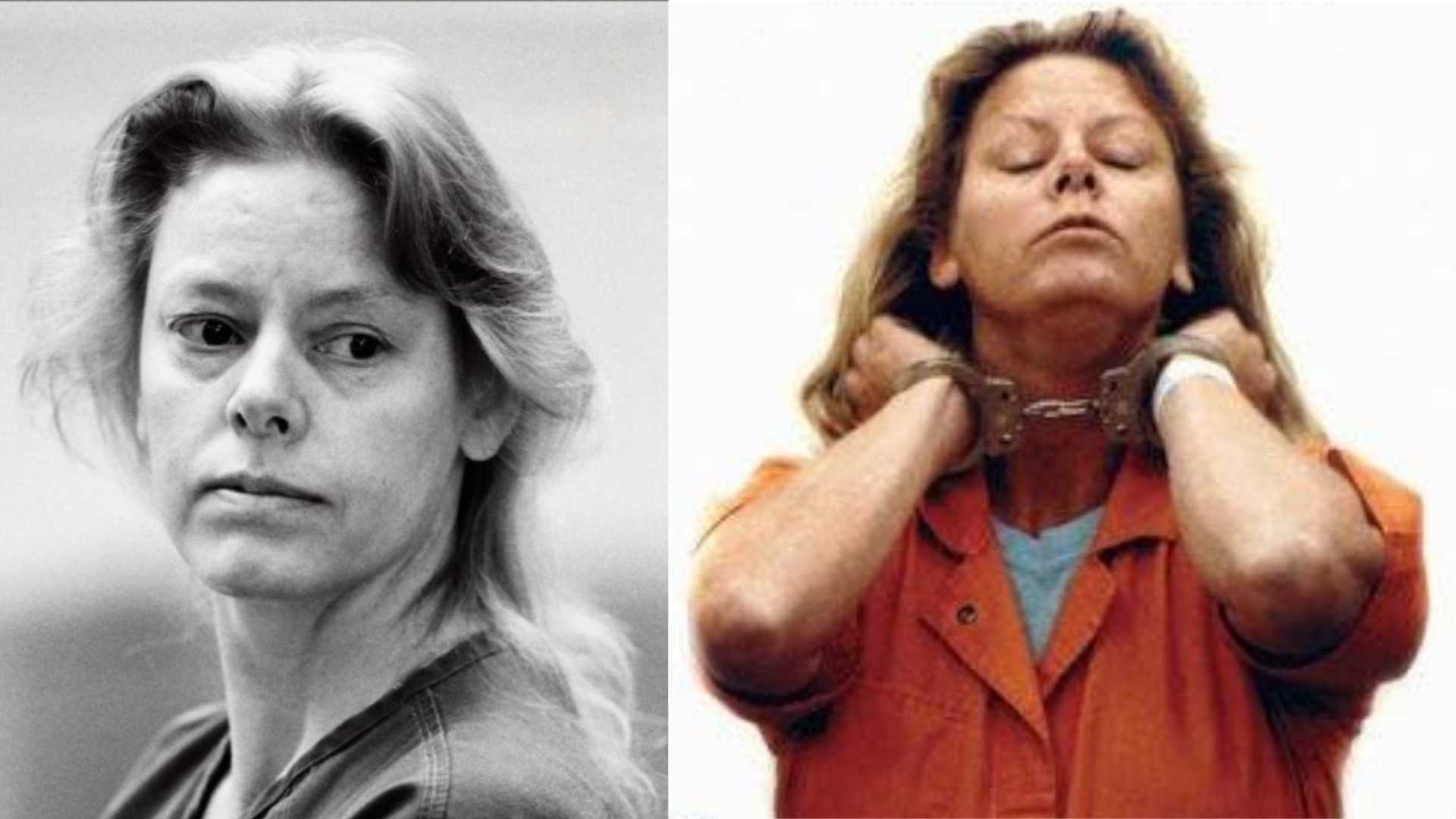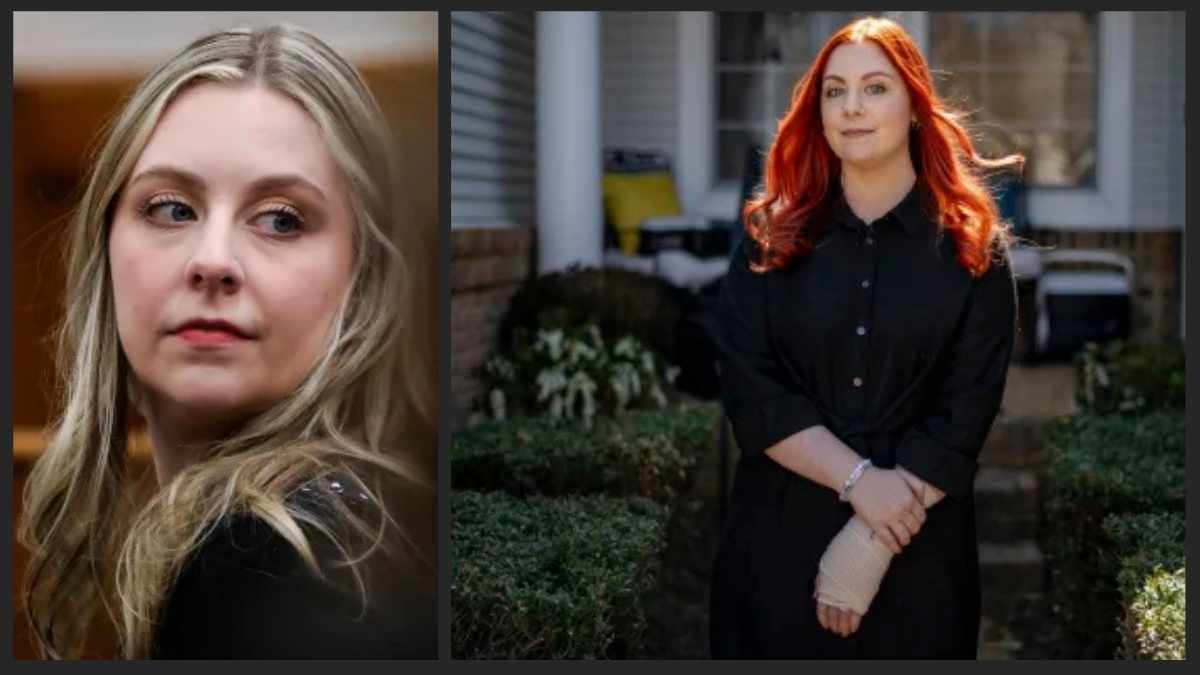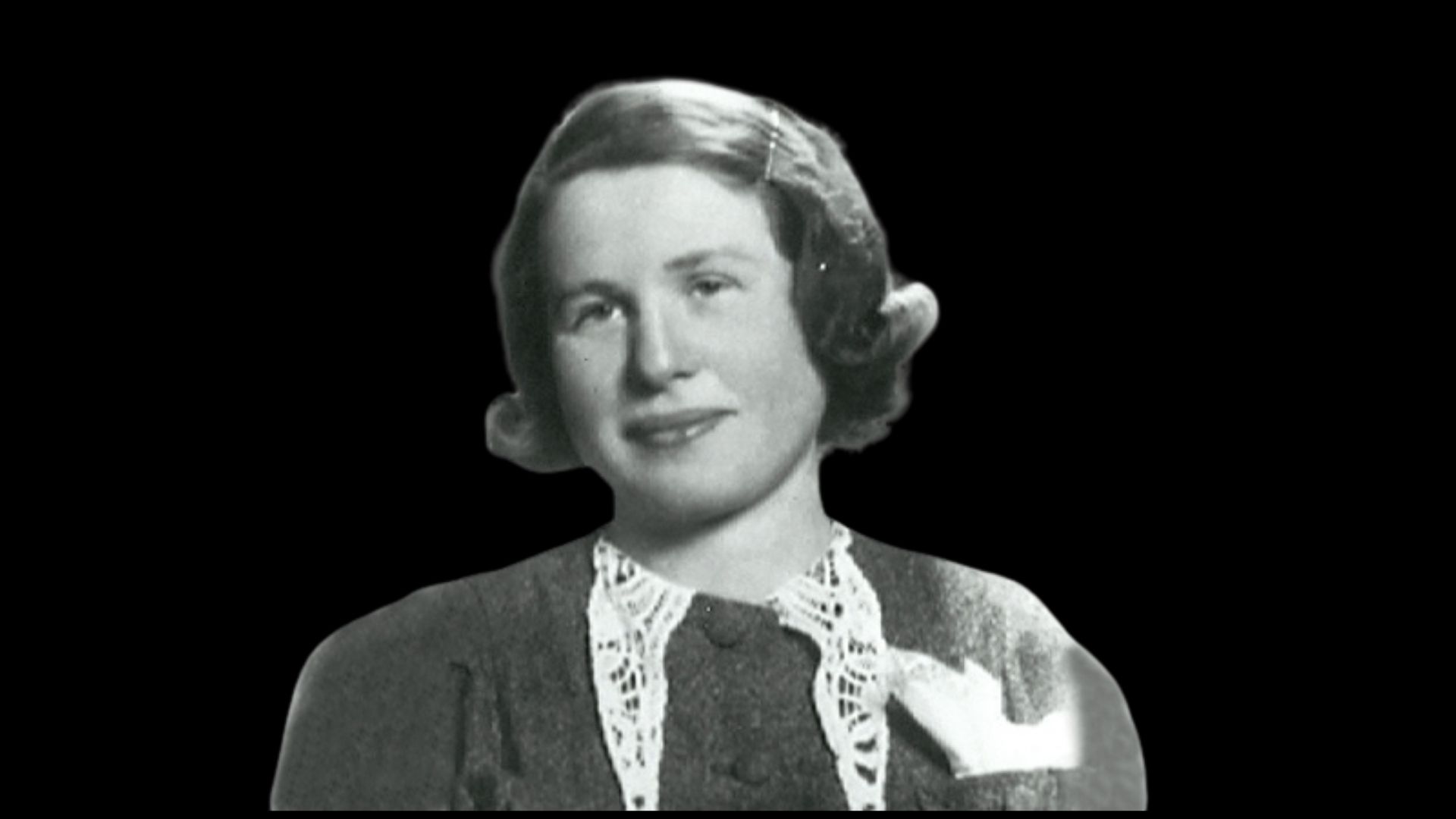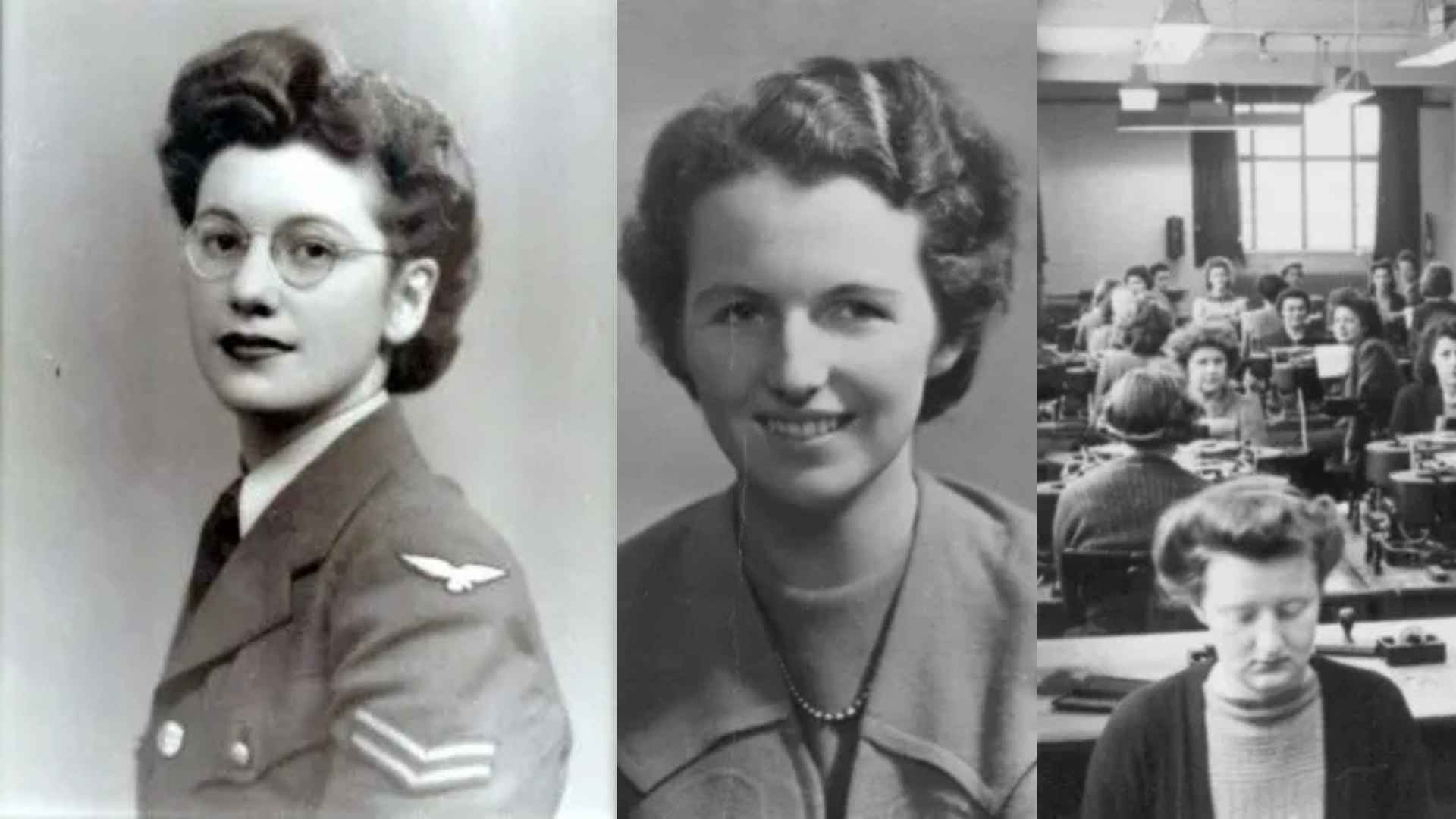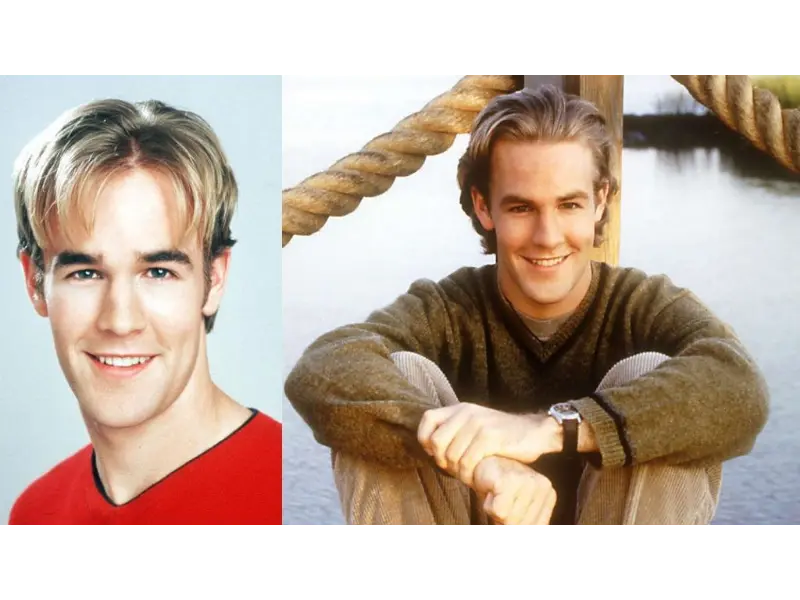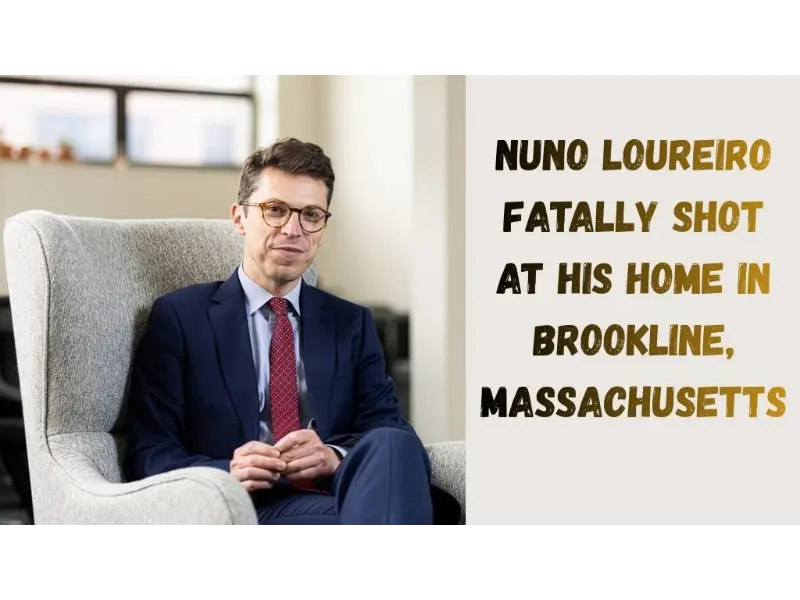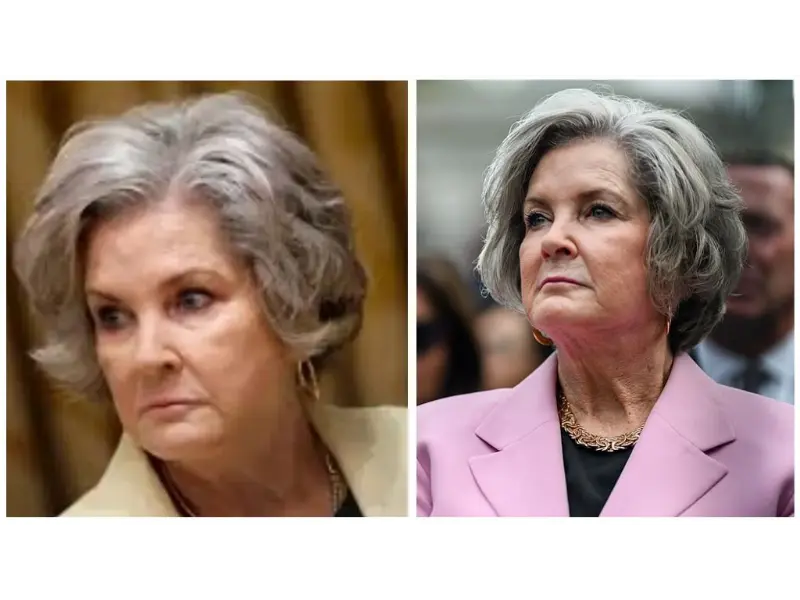Aileen Wuornos was born on February 29, 1956, a rare Leap Day birth that perhaps foreshadowed an extraordinary, albeit dark, life. Her childhood was anything but ordinary, marked by staggering dysfunction. Her mother, Diane Wuornos, was just 14 years old when she married Aileen’s 18-year-old father, Leo Pittman. The marriage lasted less than two years, with Diane filing for divorce two months before Aileen was even born.
Wuornos never met her biological father, who tragically committed suicide by hanging in prison in 1969 after being sentenced to life for kidnapping and raping a seven-year-old girl. This chilling fact often goes unmentioned, yet it paints a clearer picture of the genetic and environmental predispositions to mental health struggles and violence in her lineage.
By age four, Aileen and her older brother, Keith, were abandoned by their mother and legally adopted by their alcoholic maternal grandparents. This early trauma set the stage for a life defined by instability and abuse.
A Childhood of Unspeakable Horrors & Early Warning Signs
The abuse Wuornos suffered as a child is almost unimaginable. By age 11, she was engaging in sexual activity at school in exchange for basic necessities like cigarettes, drugs, and food. She also confessed to sexual activity with her own brother. Most disturbing, Wuornos stated that her grandfather sexually assaulted and beat her, forcing her to strip beforehand.
At just 14 years old, she became pregnant after being raped by a family friend, giving birth to a boy on March 23, 1971, who was immediately placed for adoption. A few months later, her grandmother died of liver failure, and at 15, her grandfather threw her out of the house. She was left to survive on her own, supporting herself through prostitution in the woods near her former home.
These early years were a crucible of despair. Between the ages of 14 and 22, Wuornos attempted suicide six times, a stark indicator of her profound distress. Her first arrest came at 18 in Colorado, for DUI and firing a .22-caliber pistol from a moving vehicle. These weren’t isolated incidents; her criminal record began years before the murders, including armed robbery (stealing $35 and two packs of cigarettes from a convenience store in 1981) and car theft.
The Unlikely Marriage and First Significant Relationship
In 1976, at age 20, Wuornos experienced a bizarre, fleeting moment of conventionality. She hitched a ride to Florida and, against all odds, married 69-year-old yacht club president Lewis Gratz Fell. Their wedding announcement even appeared in the local newspaper’s society pages. This seemingly incongruous union lasted just nine weeks, annulled after Wuornos assaulted Fell with his own cane and landed herself in jail for battery.
Shortly after the annulment, she received $10,000 from her brother Keith’s life insurance payout following his death from esophageal cancer. This windfall, however, was squandered within two months, notably on a new car that she soon wrecked, highlighting her destructive patterns.
Her Most Significant Relationship: Tyria Moore
In 1986, at age 30, Wuornos met Tyria Moore, a 24-year-old motel maid, at a Daytona Beach gay bar called Zodiac. This relationship proved to be the longest and most significant in Wuornos’s life. They moved in together, and Wuornos supported them both through her earnings as a prostitute. Wuornos’s feelings for Moore were intense, as she later stated at her trial: “It was love beyond imaginable. Earthly words cannot describe how I felt about Tyria.” Even before her execution, Wuornos claimed to still be in love with Moore.
This relationship would also become crucial to her eventual capture and confession, as Moore cooperated with police in exchange for immunity.
The Murder Spree: Seven Victims in 12 Months
Between 1989 and 1990, Aileen Wuornos committed the murders that would cement her place in infamy. Seven men, ranging in age from 40 to 65, were shot and killed while she was working as a street prostitute along Florida highways. Wuornos consistently claimed self-defense, alleging the men had either raped or attempted to rape her.
Here are the details of her known victims:
- Richard Charles Mallory, age 51: An electronics store owner from Clearwater, murdered on November 30, 1989. He was Wuornos’s first victim. His body was found in a wooded area in Volusia County, having been shot multiple times, with two bullets to the left lung being the cause of death. Wuornos claimed he had brutally raped and sodomized her. It later emerged that Mallory had a prior conviction for attempted rape in Maryland from 1958-1962, though this was not allowed as evidence in Wuornos’s trial.
- David Andrew Spears, age 47: A construction worker from Winter Garden, reported missing on May 19, 1990. His naked body was discovered on June 1, 1990, along US 19 in Citrus County, shot six times with a .22 pistol.
- Charles Edmund Carskaddon, age 40: A part-time rodeo worker, murdered on May 31, 1990. His naked body was found badly decomposing and wrapped in an electric blanket in Pasco County on June 6, 1990. He had been shot nine times with a .22 caliber weapon. Witnesses later saw Wuornos in possession of his car, and she pawned a gun identified as belonging to Carskaddon.
- Peter Abraham Siems, age 65: A retired merchant seaman who disappeared in June 1990 while traveling from Jupiter, Florida, to Arkansas. His car was found abandoned on July 4, 1990, in Orange Springs, Florida, with Wuornos’s handprint found on the interior door handle. While Wuornos and Moore were seen abandoning the vehicle, his body was never found, and no charges were ultimately brought against Wuornos for his murder.
- Troy Eugene Burress, age 50: A sausage salesman from Ocala, reported missing on July 31, 1990. His body was found shot twice in a wooded area along State Road 19 in Marion County on August 4, 1990.
- Charles Richard “Dick” Humphreys, age 56: A retired United States Air Force major, former state child abuse investigator, and former chief of police. He was murdered on September 11, 1990. His fully clothed body was found in Marion County the next day, having been shot seven times in the head and torso. His car was later found in Suwannee County.
- Walter Gino Antonio, age 61: A trucker, security guard, and reserve police officer. His nearly naked body was found near a remote logging road in Dixie County on November 19, 1990, having been shot four times. His car was found five days later in Brevard County.
The Arrest and Controversial Confession
On July 4, 1990, Wuornos and Moore abandoned Peter Siems’ car after a crash, and a witness provided police with a description. Police also found some victims’ belongings in pawnshops. A key breakthrough came when Wuornos’s fingerprint, found on a pawnshop receipt, matched a print left in Siems’ car, tying her directly to one of the victim’s vehicles.
Wuornos was finally arrested on January 9, 1991, at The Last Resort biker bar in Volusia County, on the pretext of an outstanding warrant for “Lori Grody.” Her longtime companion, Tyria Moore, was located the next day in Pennsylvania. Moore, granted immunity from prosecution, agreed to elicit a confession from Wuornos via recorded phone calls under police guidance.
Just three days later, on January 16, 1991, Wuornos confessed to the murders. She initially maintained they were in self-defense, but later, in inconsistent statements, cited robbery and a desire to leave no witnesses.
Must Read: Why Do We Celebrate Valentine Day on February 14?
Death Row and an Unprecedented Media Presence
Wuornos spent over ten years on Florida’s death row, incarcerated at the Broward Correctional Institution before transfer to Florida State Prison for execution. During this time, her story became a cultural phenomenon.
- Adopted on Death Row: In an astonishing twist, in November 1991, Wuornos was legally adopted by 44-year-old Arlene Pralle, a woman she had no prior contact with, simply because Pralle saw her photo in a newspaper. This adoption highlighted the bizarre and often manipulative aspects of Wuornos’s later life, as Pralle, a devout Christian, believed she could help Wuornos “find God.”
- The “Monster” Phenomenon: The 2003 biographical drama “Monster,” starring Charlize Theron, brought Wuornos’s story to global attention. Theron’s transformative portrayal earned her an Academy Award for Best Actress, etching Wuornos’s story into cinematic history.
- Conspiracies and Last Words: In her final years, Wuornos made increasingly erratic claims, accusing prison matrons of tainting her food with dirt, saliva, and urine, and conspiring to make her appear insane or even wish to rape her before execution. Her final on-camera words, captured by documentarian Nick Broomfield, were a bitter, “Thanks a lot, society, for railroading my ass.”
- A “Carnival” Farewell: Wuornos declined a last meal, opting only for a cup of coffee. Her final words, delivered just before her execution by lethal injection on October 9, 2002, were cryptic and chilling: “Yes, I would just like to say I’m sailing with the rock, and I’ll be back, like Independence Day, with Jesus. June 6, like the movie. Big mother ship and all, I’ll be back, I’ll be back.” After her death, her ashes were scattered beneath a tree in her native Michigan by a childhood friend, with Natalie Merchant’s song “Carnival” played at her funeral – a song Wuornos had listened to endlessly on death row.
The Psychological Aftermath: A High Psychopathy Score
Psychological assessments of Wuornos revealed a high score of 32/40 on the Psychopathy Checklist, a common benchmark for determining psychopathy (the cutoff score is typically 30). She was also diagnosed with both borderline personality disorder and antisocial personality disorder. These diagnoses, coupled with her extensive history of trauma (which some specialists believe damaged her mind’s structure at various developmental points), offer a framework for understanding her capacity for violence and her distorted view of reality.
FBI profiler Robert Ressler, who allegedly coined the term “serial killer,” noted Wuornos as the sole exception among female serial killers who typically kill in sprees rather than in a sequential fashion for personal gratification.
A Lingering Legacy: Cautionary Tale and Cultural Impact
Aileen Wuornos’s story remains a cautionary tale about the devastating impact of early childhood trauma, the complexities of human behavior, and the often-sensationalized nature of true crime. Her case continues to be dissected in books, documentaries, and even music, from opera to metalcore. From the song “Poor Aileen” by Superheaven to Cardi B recreating her mugshot for a single’s artwork in 2019, Wuornos’s unsettling presence continues to reverberate through popular culture.
By exploring these unique facts and figures, including the intimate and often painful details of her personal life and the grim reality of each victim, we gain a more comprehensive, albeit disturbing, understanding of Aileen Wuornos—not just as a “monster,” but as a deeply disturbed individual shaped by profound suffering and ultimately, responsible for horrific crimes.

